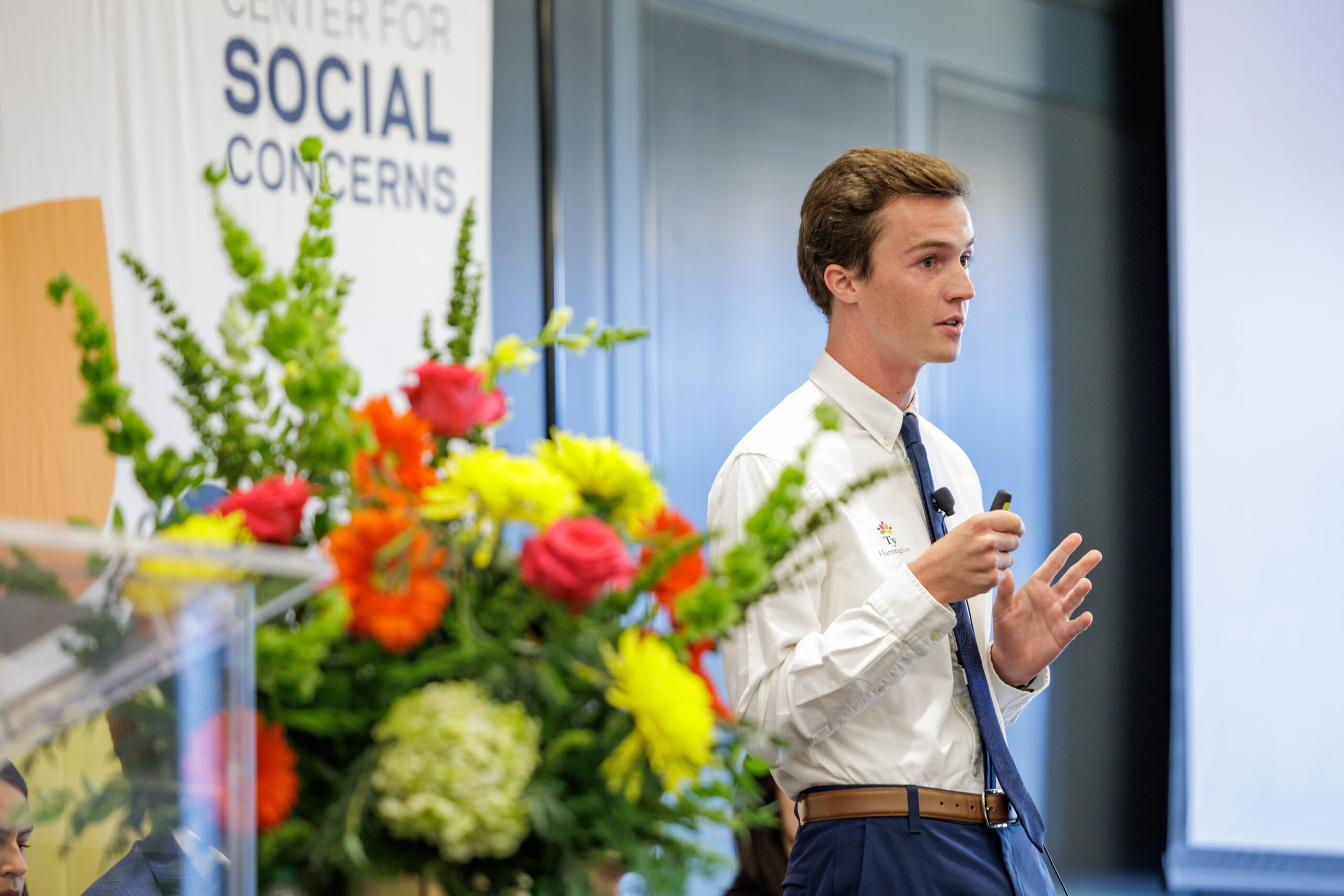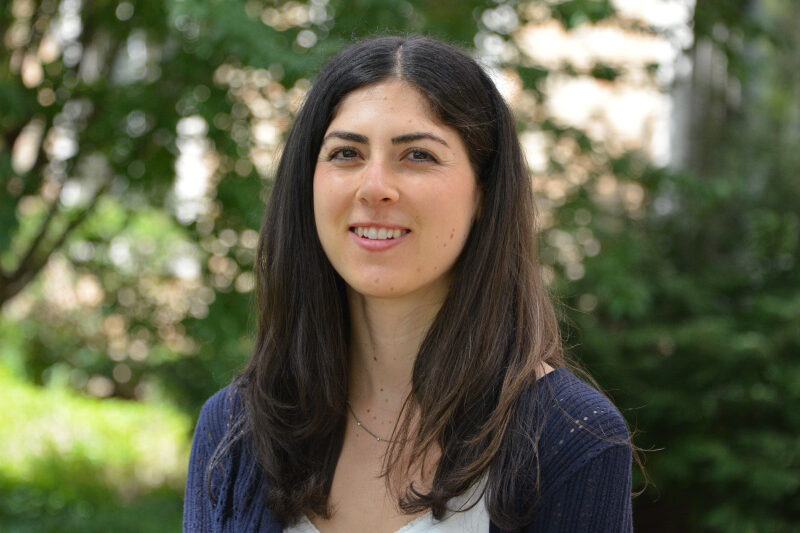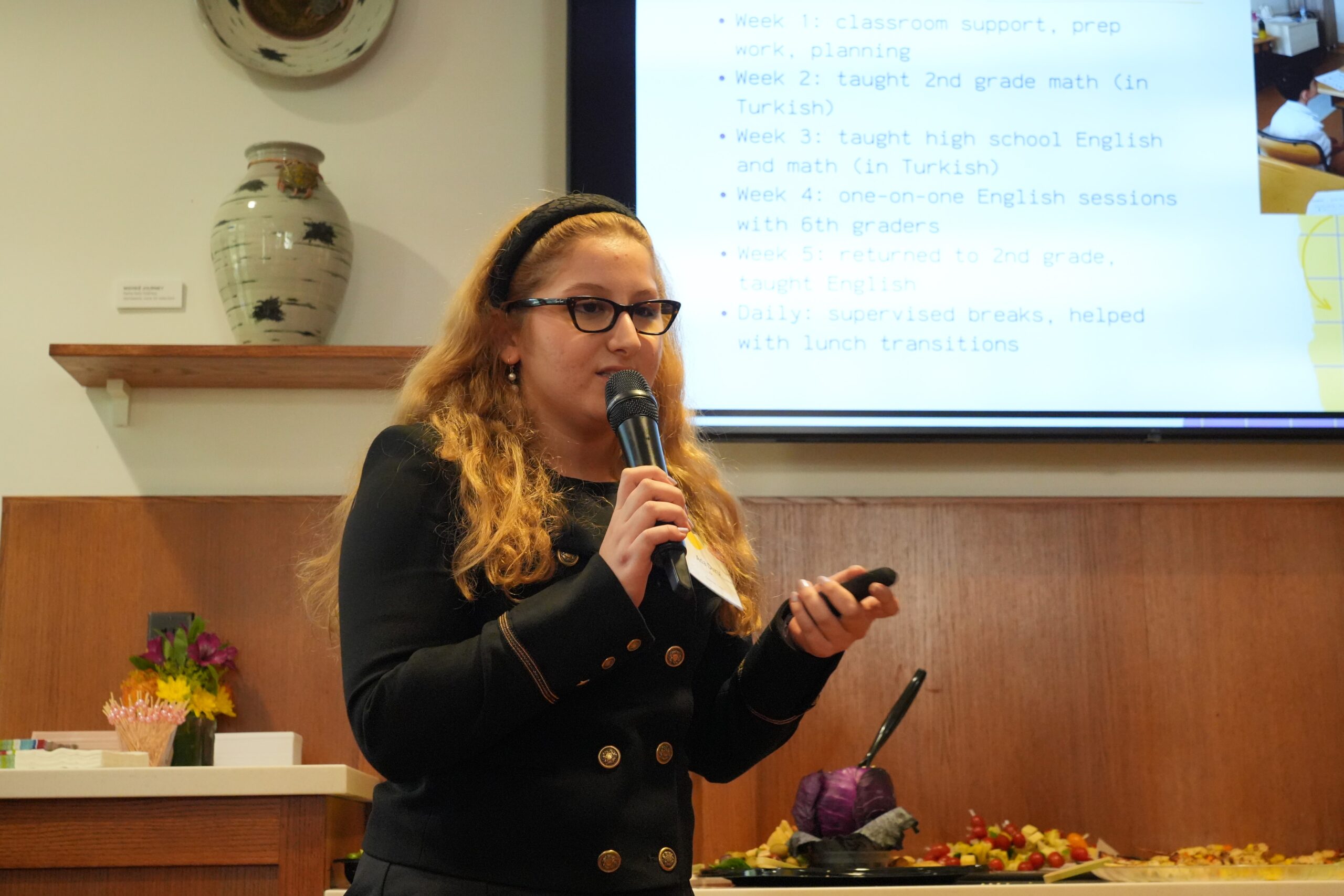Institute for Social Concerns partners with Klau Institute for Civil and Human Rights on Racial Justice in America course
April 18, 2024

How do narratives about the struggle for racial justice shape our imaginations for the work of racial justice today? And how do the things we display in museums and the places we preserve as historical landmarks steer those narratives in one direction or another?
The course Racial Justice in America took students on the road during spring break to consider these questions in the places where some of the nation’s most significant civil rights battles were fought.
They went to the Lorraine Motel in Memphis, where Dr. Martin Luther King Jr. was assassinated, and the home of Medgar Evers in Jackson, Mississippi. They toured museums and visited plantations. And they followed in the footsteps of civil rights icons like John Lewis when they walked across the Edmund Pettus Bridge in Selma, Alabama.
Racial Justice in America is offered through a partnership between the Institute for Social Concerns and the Klau Institute for Civil and Human Rights, connecting the Center’s deep focus on justice with the Klau Institute’s curriculum in civil and human rights.
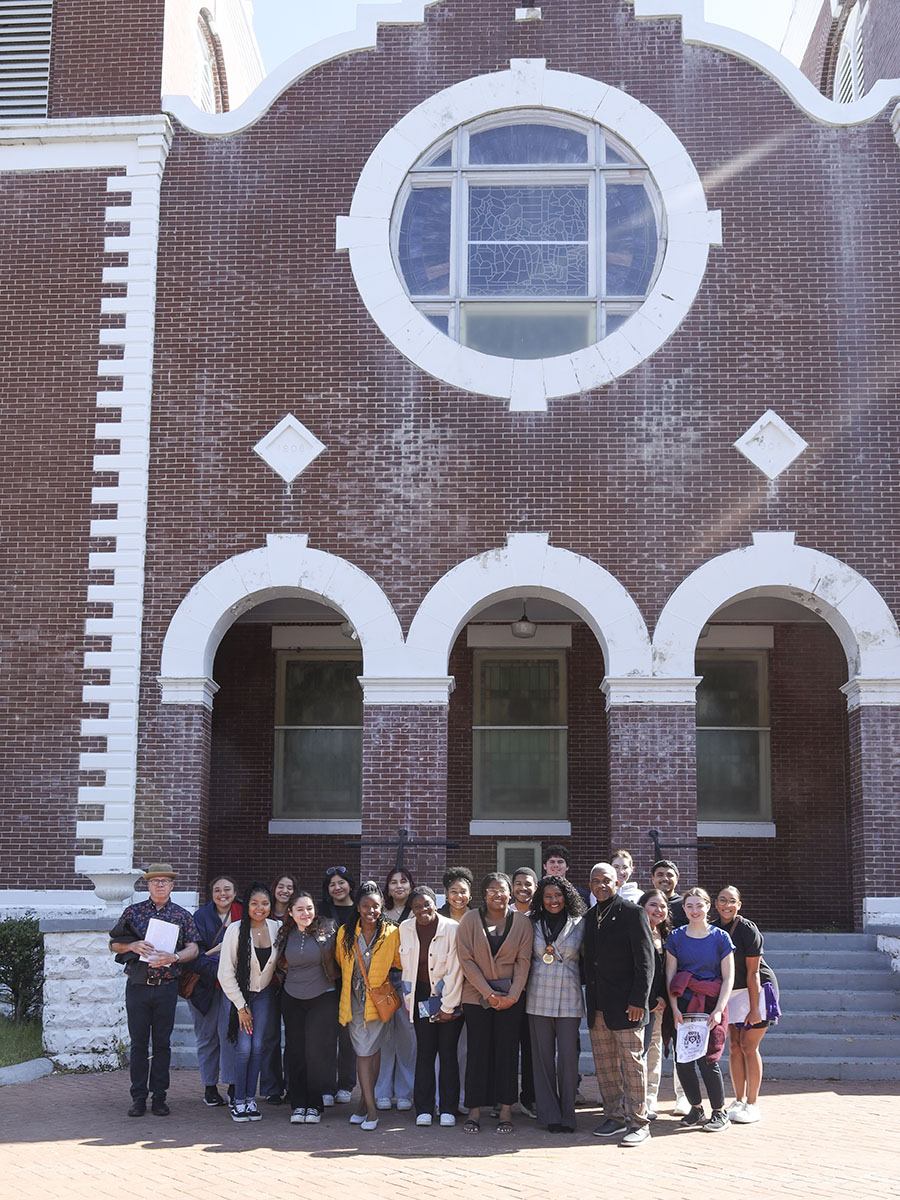
The course is taught by William Tobin, visiting associate professor at the Klau Institute, and Suzanne Shanahan, the Leo and Arlene Hawk Executive Director of the Institute for Social Concerns and professor of the practice with a joint appointment in the Department of Sociology. Tobin also teaches U.S. Civil Rights in History and Law — the gateway civil rights course for students enrolled in the Klau Institute’s Minor in Civil and Human Rights.
In preparation for the trip, the students read Clint Smith’s 2021 book How the Word Is Passed: A Reckoning with the History of Slavery Across America. In the book, Smith visits a variety of historical landmarks to analyze how structures such as monuments, road names, and holidays reflect the conflicting, foundational truths within our nation’s past.
How the Word Is Passed provided students with an example of how to engage thoughtfully and analytically with the places they were going to see.
During the trip, students were required to take photos and write daily reflections about topics such as how change happens.
“The trip touched the students because of the rawness of it — seeing information about lynchings, seeing a sugar plantation where conditions were horrific,” Tobin said. “But we also wanted them to take a step back and think analytically about the things they were seeing in policy terms and how to put this in context beyond themselves. After walking the streets of Birmingham and seeing in a vivid way how sustained protest by young people led to the Civil Rights Act of 1964, students in the course were asked to develop their own theory of how social change happens.”
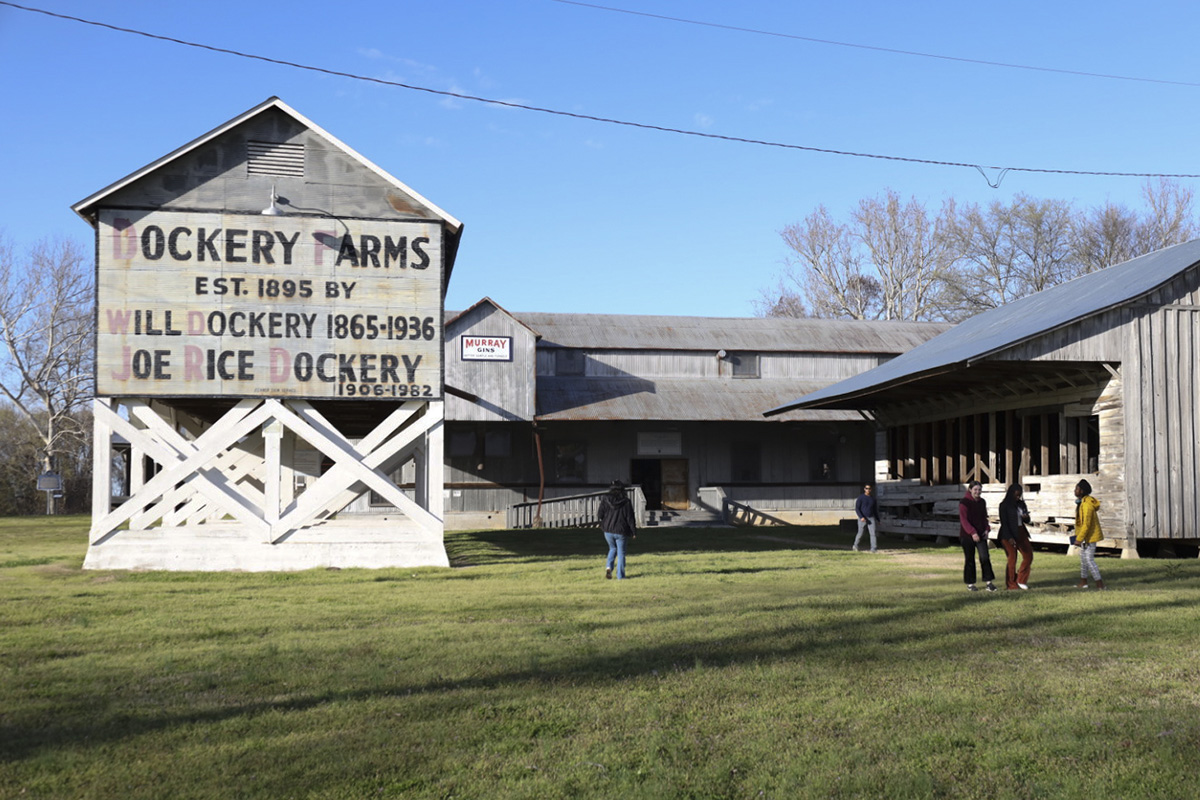
Several of the students made similar observations as they came face to face with that history. First, they realized their history classes in high school never mentioned most of these stories. Second, they recognized that the struggle for racial justice in the United States has tended to follow a pattern in which each victory sparks a backlash.
“The course made me wonder about what other things I didn’t know. It puts into perspective the amount of knowledge that the common citizen needs to learn about racial justice,” said Jose Salazar Saavedra, a sophomore pre-med major.
“Overall, the trip made me ponder the change that must occur for discriminatory acts to cease,” he added. “Will the pattern of forming change and subsequently deviating from this change ever halt?”
Guadalupe Vallejo Delgado, a sophomore majoring in American studies and Latino studies, said the trip made it clear how the past remains present and continues to impact us today.
“It was a sign that change is far from being done, there is still much that we have to do,” she said. “One of the ways we can make change is by educating ourselves about the multiple narratives of our history, discerning right from wrong, and learning from the past. The present cannot move forward without acknowledging the past — they work hand in hand.”
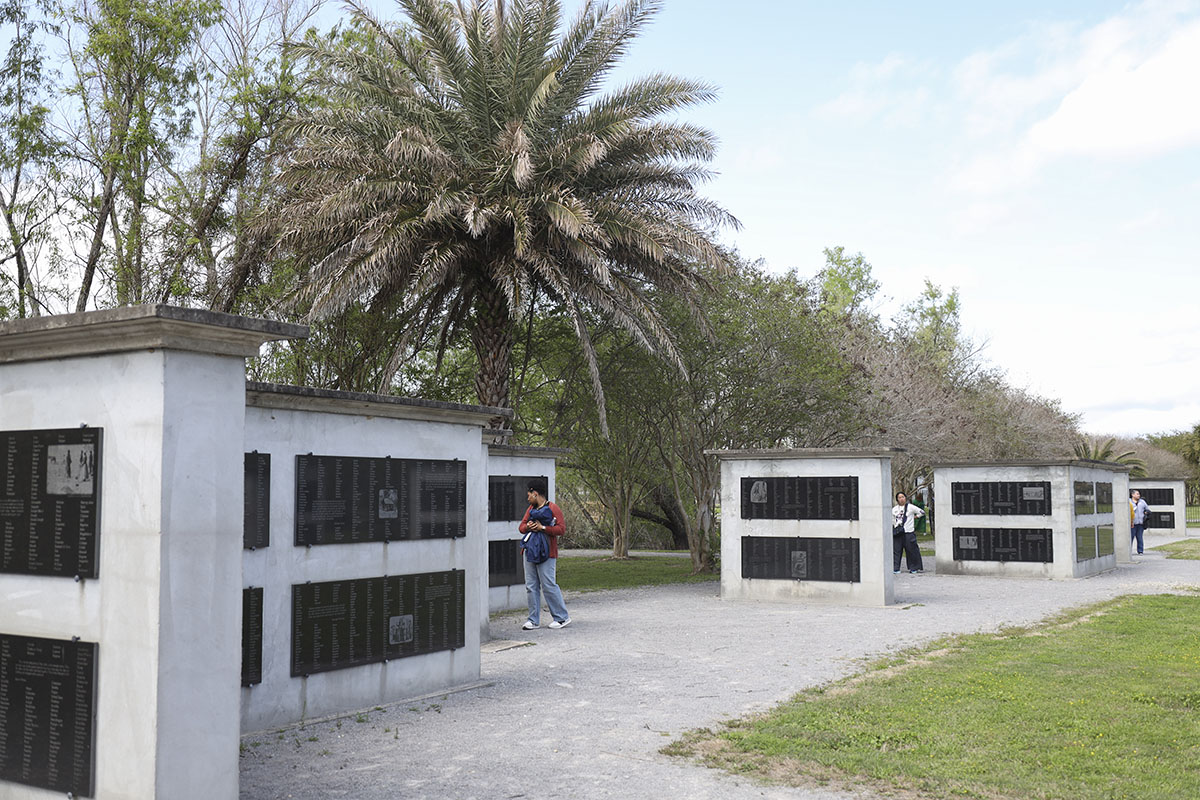
Growing up in Delaware, Patrick McKenzie felt removed from the battlegrounds of racial justice in American history. That changed when he learned during the spring break trip that a Delaware school segregation case was consolidated into Brown v. Board of Education. At the Legacy Museum in Montgomery, Alabama, he noticed a glass jar of soil was labeled “Delaware” in an exhibit representing hundreds of locations where racial lynchings were perpetrated.
“Diving into the depth of the United States’ racial history illuminates the profound question of how we teach this history,” said McKenzie, a junior majoring in history with a minor in constitutional studies. “So many untold stories have been brought to light that we have an immense responsibility to continue bringing them into the historical conversation. Teaching this history is a question I look to reckon with.”
Laila Naquin found herself feeling angry, then inspired while hearing about the horrors of Whitney Plantation in her home state of Louisiana and the brutal response of law enforcement at the Edmund Pettus Bridge during the 1965 march for voting rights.
“The Racial Justice in America course was a source of inspiration for me,” said Naquin, a junior majoring in biological sciences with a minor in poverty studies. “It was a reminder that there is a resilience that has been passed down to me as an African-American, as I strive to be an advocate for racial justice and take advantage of opportunities that those before me were violently denied.”
The course also gave students space to ask questions about their own roles in furthering the cause of racial justice.
For Mariana Esparza Torres, a sophomore majoring in political science, Racial Justice in America validated her goal to become a lawyer and devote her career to civil rights.
“I hope to use these experiences and these feelings to drive my future work,” she said, “and to continually remind myself how far we have come and how much remains on this journey to racial justice.”
Learn more about the Racial Justice in America course.
Related Stories
-
Social Concerns Summer Fellow returns to India for ongoing research
-
ReSearching for the Common Good: Solbee Kang
-
Bridging worlds through art—Kyla Walker joins institute as international poetry justice fellow
-
The power of encounter—RISE Hometown prepares incoming students for learning in service of justice at Notre Dame
-
The beauty of everyday democracy—Institute convenes scholars, practitioners, Luke Bretherton for democracy conference

